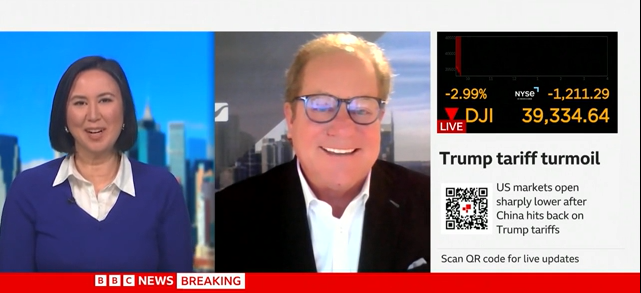Forgotten Bear Markets
January 21, 2019
On this Christmas Eve, the S&P 500 officially entered bear market territory (20 percent correction) after closing at an all-time high on September 20. The Dow Jones Industrial Average plunged 653 points in the shortened three-and-a-half hour trading session.
If you listened to CNBC, there was no good news anywhere! In fact, it was speculated that Santa Claus was going to be a no-show this year. There was a loss of confidence in everything. The stock market experienced its worst December financial performance in over 100 years and its largest multiple compression in forty years.
Fast-forward three weeks and the market has already rallied approximately 10 percent off those Christmas Eve lows. Sentiment has improved from “the sky is falling” to something more reasonable. While it is impossible to predict the ebbs and flows of investor behavior, being a student of market history can help keep emotional periods in check.
The powerful long-term wealth creation of stocks comes at the ‘cost’ of holding through volatility and downturns. It isn’t fun, and it certainly isn’t easy, but it is critical to achieving your long-term financial goals.
After all, not every market correction is reminiscent of the Great Depression, the Crash of 1987, the bursting of the dot-com bubble or the Great Financial Crisis. In fact, most are relatively short with benign longer-term impacts.
Just going back to the early 1990s, there are two major “pullbacks” that set up some of the best stock market rallies in history.
July 1990 to October 1990 (-19.9%): In the summer of 1990, the Gulf War was just getting underway. Interest rates had been rising since the late 1980s and stocks had posted positive gains every year from 1982 to 1989. Following the 20 percent summer swoon, the S&P 500 would end the year in negative territory, down 3.1 percent. However, they would go on to post gains in every year from 1991 to 1999 in what became one of the most incredible stretches for US stocks in market history:
- 1991: +30.47%
- 1992: +7.62%
- 1993: +10.08%
- 1994: +1.32%
- 1995: +37.58%
- 1996: +22.96%
- 1997: +33.36%
- 1998: +28.58%
- 1999: +21.04%
April 2011 to October 2011 (-19.4%): Contagion fears from the European sovereign debt crisis to Spain, Italy, and France resulted in the
first-ever
downgrade of the United States credit rating from AAA to AA+ on August 6th. The US had enjoyed a AAA credit rating since 1941. While only eight years ago, investors have quickly forgotten how scary this was at the time. There was talk of a double-digit recession and stock market volatility exploded. For all the noise, the S&P 500 ended the year slightly positive (+2.1 percent) and was off to the races…
- 2012: +16.00%
- 2013: +32.39%
- 2014: +13.69%
- 2015: +1.38%
- 2016: +11.96%
- 2017: +21.83%
2018 was the first negative calendar year for the S&P 500 since 2008. It isn’t fun, but it also isn’t unprecedented, and it certainly isn’t uncommon. Risk assets (stocks) are going to dish out bad periods from time to time. That is just a short-term cost of investing. What’s important is to remember the big picture.
In 2017, Warren Buffett shared his oft-expressed belief that, “over the long-term, the stock market news will be good. In the 20th century, the United States endured two world wars and other traumatic and expensive military conflicts; the Depression, a dozen or so recessions and financial panics; oil shocks, a flu epidemic, and the resignation of a disgraced president. Yet the Dow rose from 66 to 11,497.”
The fundamentals of the US economy are strong today and the tailwinds of corporate tax reform, deregulation, and improved globe trade policies (ultimately) will be positive catalysts for years to come.
John Lueken is the executive vice president and chief investment strategist at CapWealth. This article was published in The Tennessean on Jan. 21, 2019














